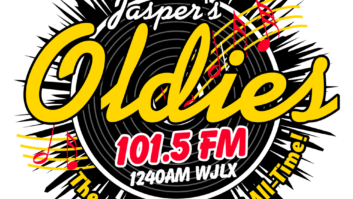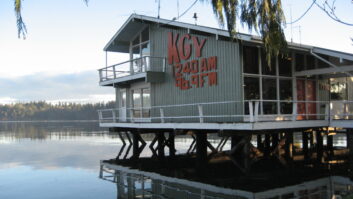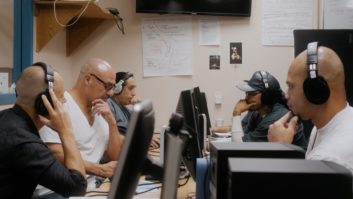The author is membership program director of the National Federation of Community Broadcasters. NFCB commentaries are featured regularly at www.radioworld.com.
I’ve had the honor of beginning work on a forthcoming book on community radio. It’s afforded me a chance to talk with some of the pioneers of volunteer-inspired media as well as the new leaders of the space. A conversation that comes up frequently bears public exploration. Its answer may help community radio take its next leap forward.
On the floor of the recent Community Media Conference, content and journalism were among our most prominent subjects. What stories community radio covers means so much to our legacy members and the new audiences who discover us every day. How we cover our cities and towns is just as necessary to appreciate.
The tone community media strikes in civic life is tremendously important. This question of voice is really about what is most essential in community radio.
In my many talks with community radio organizers as an author and as an advocate, I hear from those who believe community radio is defined for its maverick nature. To many of those deeply involved, community radio is not slick, uberprofessional or commercial sounding. It can even be a little, lovably sloppy. Community radio has made authenticity part of what it is — voices from your neighborhood who aren’t the silky-voiced disc jockey, but rather the people who you know and who you trust will value your city like you do.
Since the day I walked into community radio, being real on the microphone was a top quality. What happens to you, though, when being rough-hewn is a commodity?
It strikes me more and more how the community radio aesthetic of not sounding smooth has a generational element to it. I say that because radio for folks of a particular age sounded distinctly commercial back then. You’ve heard it yourself, or perhaps in movies. The affectation. The “rock block.” The dated sound effects. For people of a certain age, rebelling against the dominant delivery of commercial radio was, and still is, a big deal. There are still vestiges of that sort of commercial radio, but listen now and you’ll hear something different. It is a sound that pushes community radio to consider more deeply its own qualities.
I am quite stunned to hear how much multimillion-dollar media has shifted itself to be more accessible and responsive. Similarly, big public radio has followed suit. The chatter is more informal. Even the news is punchier and intended to be comprehensible to those of us not as versed in Congressional budget minutiae. This friendlier, warmer sound of my beloved community radio is everywhere.

Commercial television and radio have been drifting to more buttoned-down broadcasts too. The change from corporate media is no doubt driven by the rise of social, where anyone can be a YouTube star, Facebook Live and Instagram Stories become standalone channels for millennial and Snapchat is attracting millions for all sorts of funny, accessible, goofy vignettes.
I’m not the only one who’s hearing it. Colleagues at the Community Media Conference’s journalism discussions are reflecting on the new sound of media too. Where we fit in amid the changes before us weighs heavily on stations.
The origins of radio’s refreshed voice aren’t new. A 2015 Latino Public Radio Consortium report on KPCC investigated how the university-licensed station changed the style and approach. Coaching its hosts and refining how it delivered news helped the institution go beyond the usual public radio listener. For KPCC, the results were outstanding. A spike in Latino listenership was driven not by adding specialty shows, but by undergoing a holistic change that made the station as a whole more attractive. Informal conversation, pop culture smarts and humor were major keys to this evolution.
The riddle remains: what becomes of community radio’s unpolished, local sound when everyone’s doing local and unpolished?
Wherever you may fall in this particular discussion, it is a healthy reminder for community radio leaders across the United States to appraise what’s happening in media today. Perhaps it is time to set our sights not on what we’re not — sounding not like commercial media, for example — but instead what we’re about. Community media should less be defined by what it is against and stand with the programming that speaks to local community radio values.
Coming to agreements about local station values and goals is never easy. Even for the best community media organizations, getting everyone from volunteers to board members on the same page related to these topics is quite a feat. Still, it’s a superb exercise. Such interjections into the media landscape can even help a station get to the bigger task of strategic planning. Ultimately, figuring out who you are may shape the sound you present.












